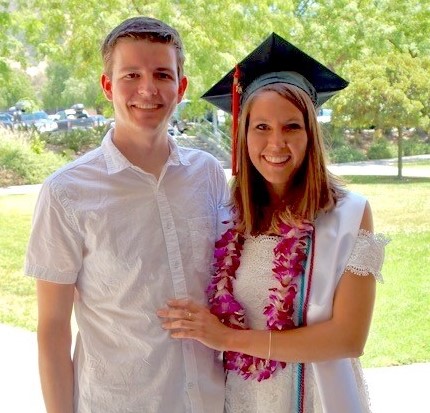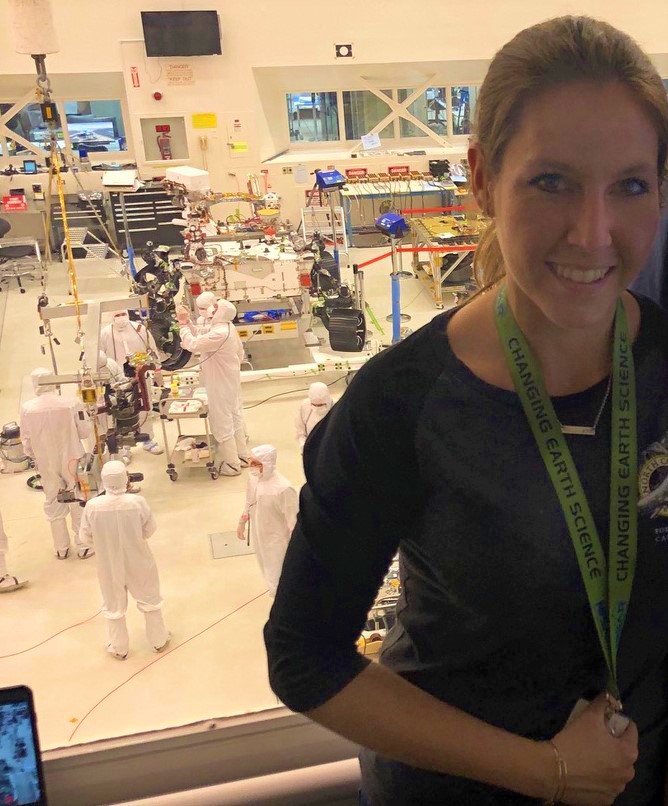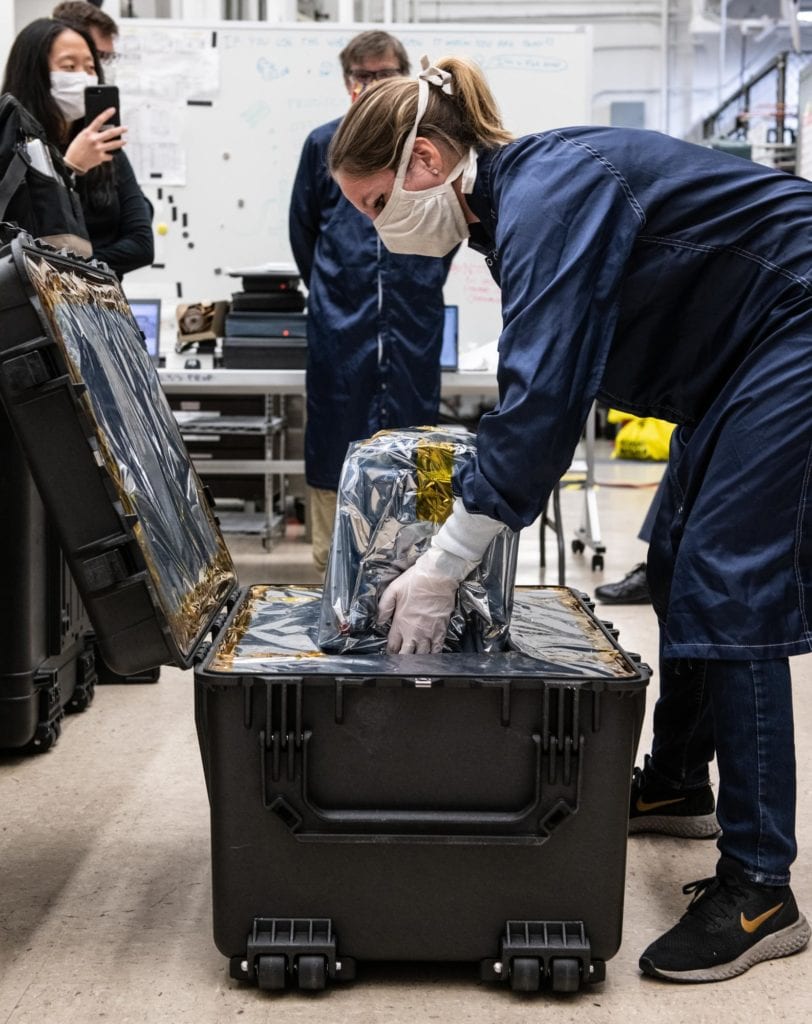A year after graduating from Cal Poly in 2017, Shaunessy Grant began working for NASA’s Jet Propulsion Laboratory (JPL) on groundbreaking projects involving Jupiter and Mars.
But when the COVID-19 pandemic threatened to upend her native planet, she joined a team of JPL professionals that rapidly shifted its priorities, taking on an innovative project to quickly design an easy-to-make ventilator tailored to treat coronavirus patients.

“I think this is an amazing opportunity to give back during this unsettling time,” said Grant, who has a degree in mechanical engineering, with a concentration on manufacturing.
In early March, as COVID-19 concerns were escalating in the United States, engineers at JPL decided to contribute to the fight by designing a ventilator, made from readily available parts, that would help critically ill virus patients breathe. That design, created in a remarkably fast 37 days, was recently approved by the FDA.
The Vital Intervention Technology Accessible Locally (VITAL) project is a testament to JPL’s ability to adapt and innovate in a hurry, addressing a dire public need.
There were roughly 175 JPL employees involved in the project. And, due to work-at-home directives (aside from “essential missions”), fewer than 20 — including Grant — performed hardware work at the lab.
Grant, originally from Goleta, Calif., works at JPL as a hardware quality assurance engineer.

“I collaborate with all organizations that design, build, assemble, test, deliver, and operate the JPL missions,” she said. “I am responsible for hardware and workmanship inspections, configuration control, documentation, risk mitigation, supplier sourcing, and general spacecraft assembly.”
After graduation, she worked at Orbital ATK as an associate manufacturing engineer for eight months before joining JPL.
Before the VITAL Ventilator project, she was working on the Europa Clipper Mission, which will orbit Jupiter to study for signs of the potential for life on Europa, one of Jupiter’s moons, Grant said. “Specifically, I’m working on the thermal system to make sure that all of the instruments stay within their required operating temperatures.”

Since her organization supports all major missions, she also helps out on other projects that are short-handed on any given day.
“I’ve done inspections on the Mars 2020 Perseverance Sample Caching System, which will collect samples of Mars rocks and sediment that will return to Earth on a future mission, paint inspections on the rover’s wheels, and worked on a number of Earth Science satellites,” she said.
On VITAL, she has served as lead quality assurance engineer on the floor.
“I helped determine the level of quality oversight that would be needed for this project, since it is such a different type of project than we are used to,” she said. “I worked with my team to understand the FDA requirements and figure out what level of documentation we would need to submit for approval and figured out how to implement that as we were building our prototypes.”
She has performed much hands-on assembly work, from piece part inspections to workmanship oversight to final testing and shipping. “I also established a manufacturing process flow to streamline our assembly process from receiving individual parts to completing the ventilator system.”
The Office of Technology Transfer and Corporate Partnerships at Caltech, which manages JPL for NASA, is offering a free license for VITAL and is reaching out to the commercial medical industry to find manufacturers for the device.
VITAL, which garnered international publicity, features several benefits in the national response to COVID-19, according to a JPL release: It can be built faster and maintained more easily than a traditional ventilator and is composed of far fewer parts, many of which are currently available to potential manufacturers through existing supply chains. Its flexible design means it also can be modified for use in field hospitals being set up in convention centers, hotels and other high-capacity facilities across the country and around the globe. Intended to last three or four months, the new device wouldn’t replace current hospital ventilators, which can last years and are built to address a broader range of medical issues.
Grant said she was happy to contribute to a possible solution – and felt well prepared to do so thanks to her time at Cal Poly.
“I think the biggest thing I got from Cal Poly was how to work with different personalities on high intensity teams,” she said. “As a Hardware quality assurance engineer, I’m often in deadline-driven situations with incredibly smart team members who each have valid, strong, and diverse opinions, and I need to be able to handle those dynamic relationships in real-time.”


